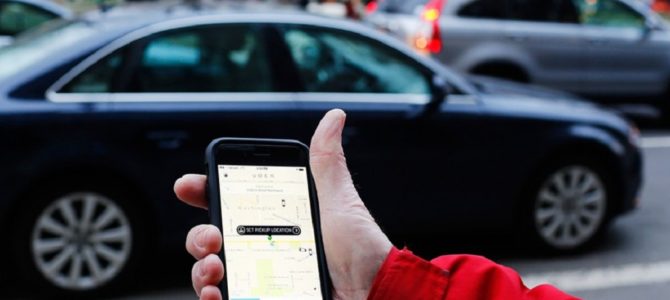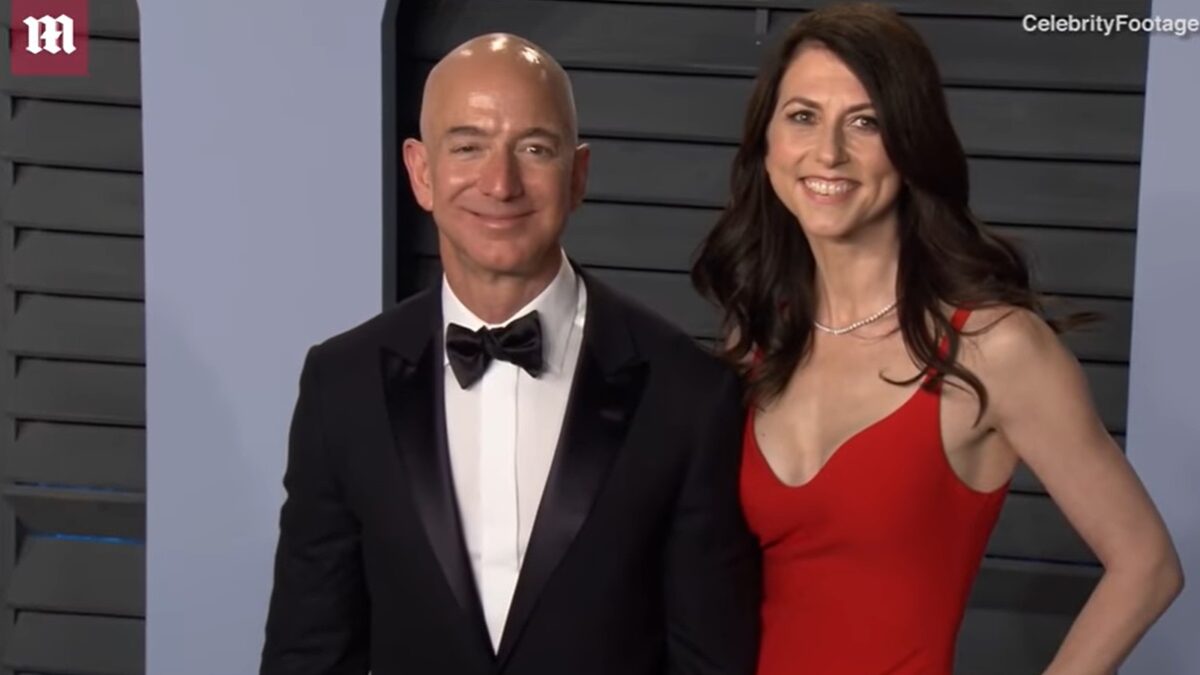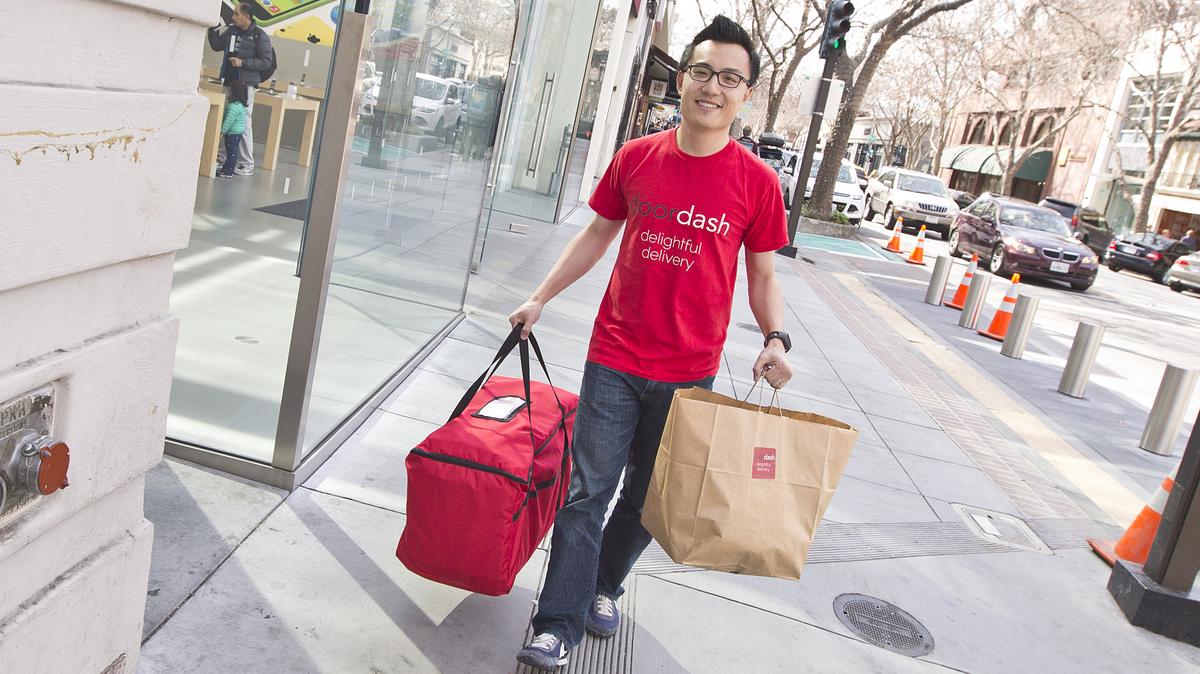
The discrimination-based pay gap between men and women is a myth that refuses to die. Despite repeated debunking from both academic and media outlets across the political spectrum, the notion that women are paid less for the same work as men still underlies campaigns and trends hashtags.
Lack of evidence of discrimination hasn’t stopped the Left from suggesting intrusive measures to fix what isn’t broken. Pointing to countries like Iceland and Slovenia, Salon advocates for government certification of companies’ “equal pay policies,” and even praises Rwanda for being “ahead” of the Unite States in this regard, while acknowledging that their high female workforce participation rate is largely the unintended result of a genocide that disproportionately slaughtered men.
The mainstream media also continues to cite the pay gap as a problem, disregarding evidence that it’s merely the result of free choice. Recently, an even more convincing rebuttal has arisen from the tech sector.
Uber, which pays its drivers not on an inherently subjective individual basis but via a formula that takes into account time and mileage driven, still has a 7 percent pay gap between male and female drivers. That’s right: a company that allocates salary in a way that is necessarily blind to an employee’s sex has still generated a pay gap, because men and women make different choices.
It turns out that female Uber drivers work shorter hours, are less likely to work during peak times, and drive more slowly. Because the compensation structure is automatic, Stanford researchers were able to pin down the three factors that caused the gap: experience on the platform, willingness to work at peak times and in busy areas, and driving speed preferences.
We can safely assume that similar choices — for example, more flexible fields of study and employment, shorter hours, and desire for more time with family and friends — are largely responsible for the continued differences between average male and female salaries in other fields.
Analyzing Uber’s compensation sex differential in a structure that leaves no room for subjective decision-making from the employer should finally put to bed the lie that workplace discrimination is causing a significant wage gap between men and women.
Uber’s wage gap is just one more demonstration that discrimination is not a major factor holding women back in the workplace today. The so-called pay gap exists because men and women are not identical, and because we are free. That’s not cause for handwringing and quotas. Instead, our diversity is something we should celebrate.









